Abstract 3/2021
Table of content
Noworolnik Adrian – Development of transport tariffs in the Metropolitan Association of Upper Silesia and Dąbrowa Basin (GZM)
Andrzej Rudnicki – Connections of the street network of Polish cities with high-speed roads
Jan Aleksandrowicz, Aleksandra Stróżek – Priority for public transport vehicles in a traffic light control plan based on number of passengers
Urszula Duda-Wiertel – Search traffic in the area with a big shortage of vacant parking spots
Abstracts
Noworolnik Adrian
Development of transport tariffs in the Metropolitan Association of Upper Silesia and Dąbrowa Basin (GZM)
Abstract: A key challenge for the Metropolitan Association of Upper Silesia and Dąbrowa Basin (GZM) is to create a public transport system which will meet expectations of the inhabitants of 41 municipalities. Unlike the largest cities in Poland, the Association has a polycentric structure. Additionally, the Metropolitan Association is surrounded by many municipalities of the Central Subregion of the Silesian Voivodeship, which are not members of the GZM, but whose inhabitants travel daily to work, schools or universities. The process of tariff integration was not facilitated by the fact that in the area of today’s GZM several different transport organisers were functioning before the creation of the Association. The aim of this article is to analyse the process of developing an integrated ticket tariff in the only metropolis in Poland.
Key words: public transport, fare, ticket integration
Andrzej Rudnicki
Connections of the street network of Polish cities with high-speed roads
Abstract: The aim of this article is to present selected regularities occurring in the practice of planning connections of high-speed roads (DRS) with cities. Methodical aspects of planning these connections have been referred to the content of the guidebook developed before the beginning of the DRS construction program in Poland. General principles of proceedings are given and basic conditions of the decision making process are presented as to which towns, in how many places and at what points the DRS will be connected to the road-street network. The heuristic nature of the procedure for creating the solution was pointed out. Also British recommendations were referred to as to the legitimacy of linking DRS in cities of a certain size. Based on the analysis of realized DRS or those with already determined routes, the number of junctions connecting these roads with cities was identified, separately for highways and for expressways. On the basis of the presented graphical interpretation, the occurring regularities have been analyzed, indicating a very large scatter in these relationships. Topological models, interpreted graphically, were used to create a typology of connections. The typology of solutions includes the types of connections of DRS with other roads and the city street network, including inner-city ring roads, as well as the location of nodes. The presented models are illustrated with examples of solutions for Kraków, Tarnów and Rzeszów. As a summary and conclusion, typical numbers of connections between the city and the expressway and highway have been given.
Key words: urban streets, street network planning, coherence of road and street systems
Jan Aleksandrowicz, Aleksandra Stróżek
Priority for public transport vehicles in a traffic light control plan based on number of passengers
Abstract. This article presents a function develop for determining priority in traffic light programs for public transport vehicles, using the current number of passengers in the vehicle and the social costs of transport. Selected methods of vehicle detection, including public transport vehicles in terms of the data that can be obtained have been described. The main technologies of automatic passenger counting systems and the accuracy with which data is collected are presented. The article also discusses the social costs of transport, which are divided into three groups: internal, external and indirect. Based on the data collected from literature and own research, cost functions for stopping a vehicle before an intersection were developed separately for public and individual transport. Possible applications for the created priority cost function at intersections with traffic lights are shown. The paper concludes with a summary and a plan for further research on the topic.
Key words: public transport, priority for urban public transport, automatic passenger counting system, traffic control, social costs of transport
Urszula Duda-Wiertel
Search traffic in the area with a big shortage of vacant parking spots
Abstract: This article is dedicated to the problem of traffic generated by searching for parking (search traffic) in areas with deficit of parking spaces. The most common reason for this problem is a big difference between parking demand and supply. An insightful overview of the literaturę: definition analysis and interpretation of this type of traffic flow, possible factors influencing its occurence and parameters, review of the actual condition of researches, method of research, examples of modelling, the extent to which it has been incorporated into analyses of various types have been presented. Local research of search traffic in Polish conditions has been conducted in Krakow. In the article, the overview of the result of this research was included to show the possible share of search traffic in general traffic – compared to the results from foreign cities. The attention was paid to the inconvenience of search traffic movements and the costs they generate.
Key words: search traffic, parking, parking policy

 SITK RP
SITK RP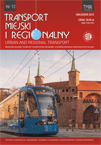 SITK RP
SITK RP 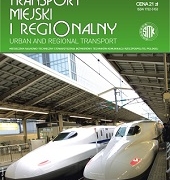
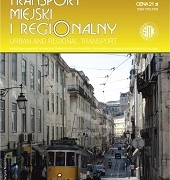
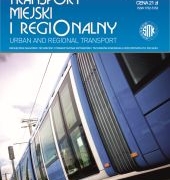 SITK RP
SITK RP 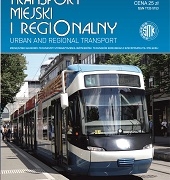
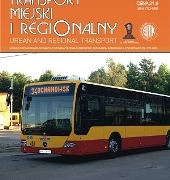 SITK RP
SITK RP 

